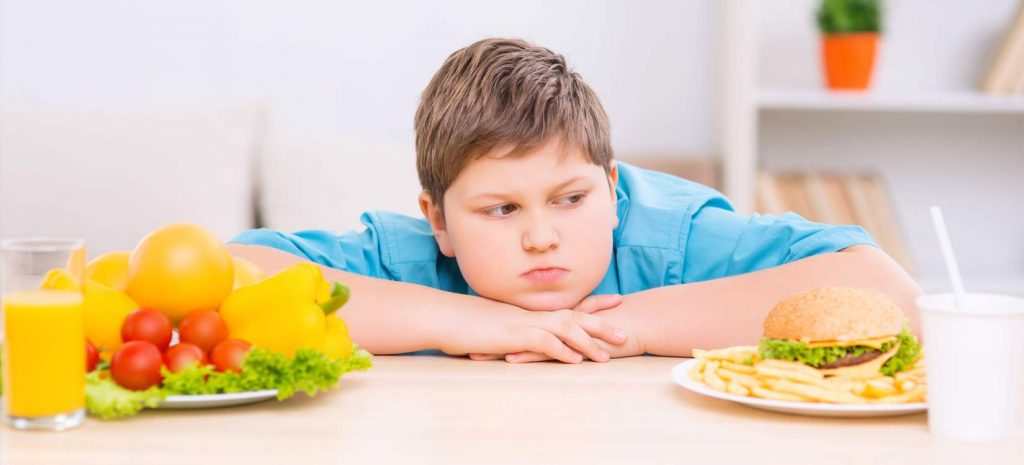Parents also need support to tackle childhood obesity
The long-awaited obesity strategy from the Department of Health hasn’t been particularly well received by expert GPs. Professor David Haslam feels there has been too much industry influence on the strategy, and the Obesity Health Alliance aren’t impressed with the lack of regulation on junk food advertising.
And while these may be valid points – banning sweets at checkouts and restricting junk food advertising to times when children are less likely to view it will all help – the role of the parents seems to have been overlooked. If you want to reduce childhood obesity, the parents have to be on board, otherwise the impact is going to be limited.
The only support they get from the strategy is financial, where vouchers are given to low income families to exchange for ‘fresh or frozen fruit or vegetables or milk’. But giving them a few vouchers to exchange for what is a very limited group of foods is hardly groundbreaking. No person, let alone a child, is going to live off a diet of fruit, vegetables and milk.
What parents really need, like many parts of the population, is education. Guidance on ‘healthy’ food and portion control. What constitutes a ‘healthy’ food item? How do you define ‘healthy’? Is it simply fruit, vegetables or milk? Or is it a food that’s low in calories, regardless of whether it’s fruit or something else?
There are a lot of factors in play with regard to obesity, but putting aside the genetic component that exists in a percentage of obese individuals, one of the biggest issues is that children are simply consuming far too many calories. And that’s not because parents are deliberately giving them high calorie foods, but because there isn’t really a great deal of calorie awareness in the general population.
Let’s take bananas – presumably an item a low-income family could use those vouchers for. They contain around 110-140 calories each, unless you are buying incredibly small bananas. So using bananas to hit your ‘five a day’ can see you consume close to 600 calories, a huge amount in the context of a child’s diet.
The exercise drive is fine. The vouchers can probably work too. But if you can support the parents through basic nutrition education, then the right messages on food can start to be passed on before weight ever becomes a problem.What about brown rice, a food item that gets continually pushed as a healthier option over its white counterpart because it is unrefined and has most of the vitamins and minerals intact. Fantastic. But it still contains a decent chunk of calories, albeit fewer than white rice – a 100g portion has almost 120 calories.
It’s a similar story for brown bread. The calorie difference between brown and white is negligible, so while a parent may think they’re giving a child a ‘healthy’ bread option, the reality is that they’re still consuming the same amount of calories as they would eating white bread. And generally speaking, without going into the complex matter of hormone balance and how macronutrients affect this, it’s the calories that cause the weight gain.
